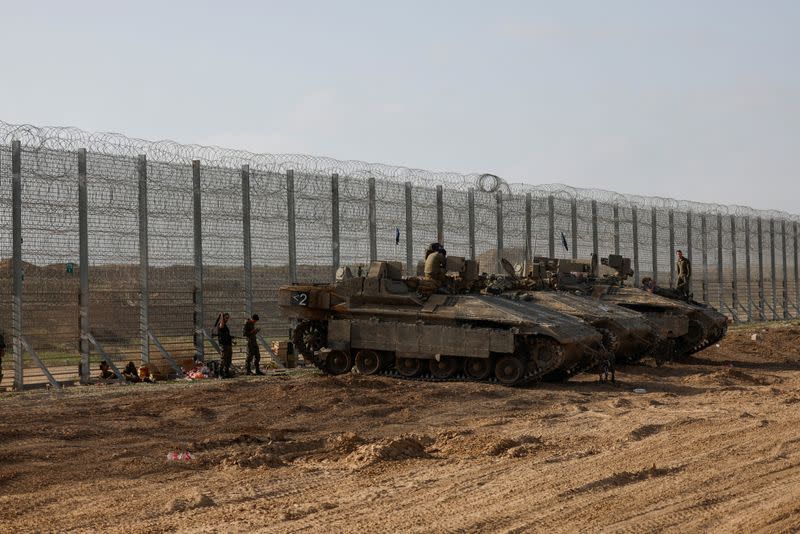In a chilling revelation that has reignited debates over military tactics and human rights, Israeli soldiers have recently come forward with detailed accounts of their role in transforming Gaza’s perimeter into what they describe as a “kill zone.” According to a report released on April 7, 2025, by the Israeli rights group Breaking the Silence, troops were tasked with flattening farmland, demolishing residential neighborhoods, and erasing vital infrastructure to establish a buffer zone along the edge of the enclave. These testimonies paint a stark picture of a calculated operation that has left lasting scars on Gaza’s landscape and its people.
The soldiers, who served during the initial phases of this operation from late 2023 to early 2024, described a systematic effort to clear an area stretching between 800 and 1,500 meters into Gaza. By December 2024, the zone had reportedly expanded even further, though the latest testimonies focus on the earlier stages. Heavy machinery like bulldozers and excavators, alongside thousands of mines and explosives, were deployed to raze approximately 3,500 buildings. Agricultural lands—estimated at 35% of Gaza’s total farmland by the rights group Gisha—were also destroyed, crippling the region’s potential for postwar recovery.
One soldier, identified as a captain in the Armored Corps, likened the cleared area to a “lowland” under constant surveillance, where Israeli forces maintained a commanding view. “The borderline is a kill zone,” he said, hinting at the lethal implications for anyone entering the space. The term “kill zone” itself has sparked outrage, with critics arguing it reflects an intent to dehumanize and target indiscriminately. Posts on X echo this sentiment, with users calling it everything from “ethnic cleansing” to “state criminality,” though such claims remain fiercely contested.
The operation’s scale is staggering. Entire districts vanished under the weight of military strategy, leaving behind a wasteland that soldiers compared to historical scenes of devastation—one even invoked the image of Hiroshima. Factories, homes, and fields that once sustained Gaza’s economy and population were reduced to rubble, raising questions about the long-term consequences for an already beleaguered region.
The Israeli military has yet to officially respond to these allegations, leaving room for speculation and further investigation. Breaking the Silence, known for amplifying soldier testimonies to critique military policy, insists this is not an isolated incident but part of a broader pattern. Meanwhile, the destruction of farmland and infrastructure has drawn attention to the humanitarian toll, with experts warning that Gaza’s ability to rebuild could be delayed for decades.
As the world watches, these accounts force a reckoning with the cost of security measures in conflict zones. Was this a necessary defense strategy or an overreach with devastating human consequences? The soldiers’ words linger, a haunting reminder of the thin line between military objectives and moral boundaries.




